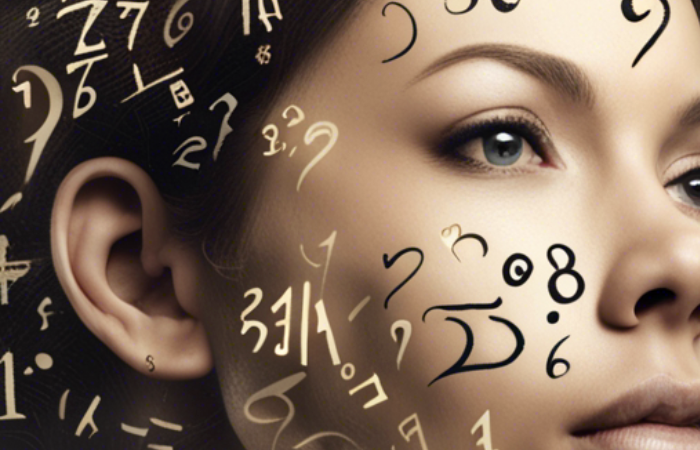A Deep Dive into the Evil Eye Meaning: Origins, Cultural Significance, and Protective Talismans
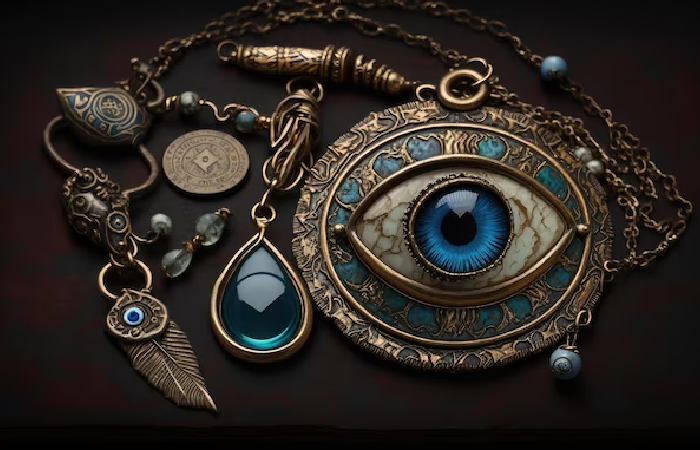
Have you ever been the subject of jealous looks that left you feeling uneasy? Across centuries and cultural divides, people have held onto the notion that the "evil eye" portends bad luck or pessimism.
Come explore the fascinating origins, profound symbolic meaning, and safeguarding attributes of talismans associated with the mysterious evil eye symbol.
👁️❤️Discover the intriguing origins of the evil eye symbol and how it has permeated many cultures and belief systems.
🌼 Uncover the secret meanings of this well-known talisman and how it protects against evil forces and intentions.
🔴 Discover useful strategies to use the defensive energy of the evil eye in your day-to-day activities to fend off negativity and spread positivism, using both conventional wisdom and cutting-edge insights.
Come along on this insightful journey as we dispel the myth surrounding the evil eye's abilities, examine its significance in many cultural customs, and discover the fascination of this alluring symbol.
Overview of the Evil Eye
The concept of the evil eye is incredibly fascinating and has great cultural significance in many different communities worldwide. This symbol has been widely accepted by individuals across all age groups and has a long history.
-
It is thought to have protective properties against negativity. While the evil eye can take on several shapes depending on the culture, the eye or its shape is the most common manifestation.
-
Italian families typically exhibit the evil eye as an open hand, known as the "Hand of Fatima," while it is referred to as the "Udjat Eye" in ancient Egyptian culture. In Christian cultural contexts, it is even associated with the "Eye of Horus" or the "Eye of Miriam."
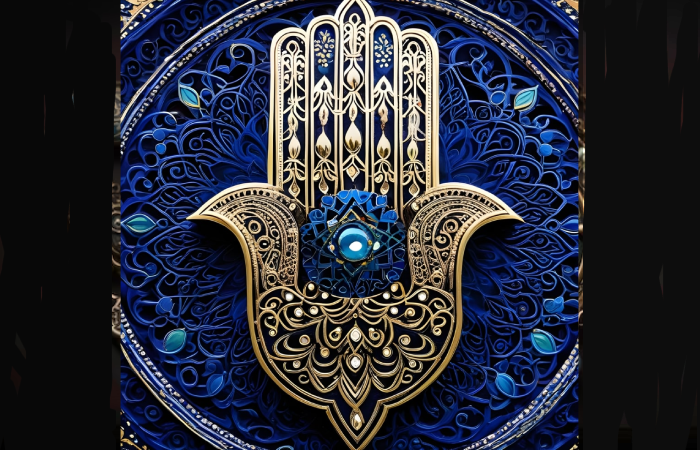
-
The belief in the evil eye is not just a superstition, but a deeply rooted cultural practice in many societies across the globe. It is believed to stave off negativity, misfortune, and evil intent.
-
The evil eye plays a significant part in offering psychological safety, as clinical psychologist Avigail Lev says. It is easier to believe in a talisman's potential to protect one's wellbeing and bring luck when one hears tales of its use and sees its power in action.
-
In its many manifestations, the evil eye serves as a beacon of light, a method for setting intentions, and a visual aid. People try to establish a border of protection against harmful energy in a variety of ways, such as by carrying an evil eye amulet, using drops of olive oil in a bowl of water, or engaging in ceremonial activities.
-
The evil eye is a component of a wider web of customs and beliefs that enhance the wellbeing of individuals who adhere to it. Its cultural importance transcends generations and keeps on being a vital part of many people's life, providing consolation and protection against the unseen forces of negativity.
The Background Of Evil Eye
The history of the evil eye is extensive and intriguing, going all the way back to ancient tribes. This concept has been interpreted differently by numerous cultures and geographical areas. Each with its own customs and meanings. To further comprehend the significance of the evil eye, let's examine its origins and history.
Historical Roots
- The belief that certain individuals may cast unfavorable stares that could injure or misfortune others dates back to ancient Mesopotamia.
- The idea of the evil eye first emerged there.
- This concept has persisted throughout history in a variety of forms.
- This is especially seen in the Middle East, Greece, Rome, and Ancient Egypt.
Cultural Adaptations
- As civilizations developed, the notion of the evil eye evolved to symbolize numerous cultures and belief systems.
- For example, the ancient Egyptians associated the evil eye with the eye of Horus.
- It is regarded as a symbol of protection and healing.
- Islamic tradition holds that jealousy is the cause of the evil eye.
- It is also known as the "Nazar. "
- It can be detrimental to one's health.
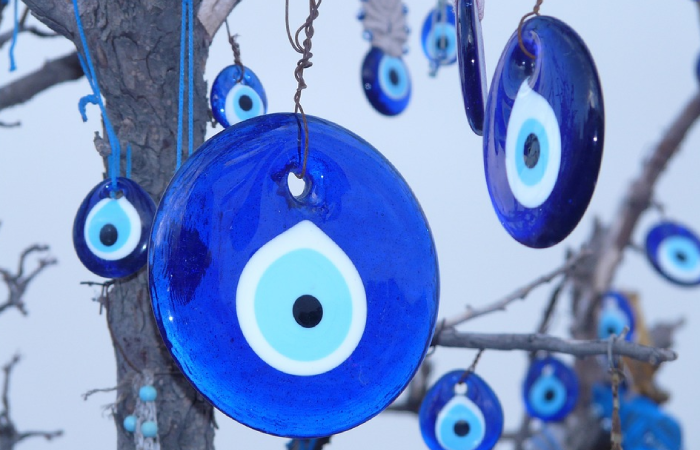
Defending Charms
- To ward off the evil eye's harmful effects, several cultures created a wide range of protective talismans.
- One of the most well-known patterns is the evil eye amulet made of blue glass, which was popular in Greek and Turkish cultures.
- It is stated that this charm will protect its wearer from harm and absorb the negative energy of envious glances.
Present Importance
The concept of the evil eye has transcended cultural traditions. Despite being deeply embedded in numerous cultures. In today's world, the evil eye talisman is a symbol of protection against evil energy. It also protects against the malevolent intent that can be used by people from all areas of life.
Understanding the origins of the evil eye's cultural importance and the persistence of its protective power helps us better appreciate it. It is an amazing example of human curiosity with invisible entities. The evil eye has been around for thousands of years before being incorporated into modern rituals. It is also a potent sign of protection.
Meaning and Cultural Symbolism
Many civilizations around the world have rich symbolic meanings associated with the evil eye. It is thought to fend off evil intents and offer protection from harmful energies. People might accept the evil eye as a potent talisman if they are aware of its cultural importance.
-
The evil eye is regarded as a powerful sign of spiritual protection in many cultures. The eye-shaped talisman is often thought to have protective properties. It is believed to ward off evil spirits. The evil eye functions as a protective shield. It wards off bad energy and fosters wellbeing.
-
Every tribe interprets the evil eye sign differently. It is referred to as the "Nazar" in the Arab world. This is frequently pictured as an evil eye. The evil eye is known as "Malocchio" in Italy and is said to bring bad luck. The emblem is also known as the "eye of Horus" or the "wedjat eye" in ancient Egyptian culture.

-
The evil eye has great cultural importance in addition to being a symbol. It acts as a safeguarding charm. It encourages people to be watchful and avoid bad influences. People wear or exhibit evil eye talismans in an attempt to ward off envy, bad luck, and ill wishes.
-
The evil eye's potency comes from its capacity to act as a psychological defense mechanism. People who believe in the power of the talismat may feel stronger and more secure. The Tilismat helps to establish a boundary against negative energies. It frees people from evil eye to concentrate on their own happiness and well-being.
-
To sum up, the evil eye represents defense against bad vibes and malicious intent. Its diverse cultural interpretations demonstrate the widespread consensus that spiritual protection is necessary. People can embrace the positive energy it represents. They can harness the cultural importance of the evil eye talisman by incorporating it into their life.
How to use a Talisman for Evil Eye
An effective safeguard against evil energy and a means of drawing good energy into one's life is the evil eye talisman. The following are some practical methods that people can use evil eye talismans in their day-to-day lives:
Donning Evil-Spirit Jewelry
- A common way to use an evil eye talisman is to wear it as jewelry. Bracelets, necklaces, and pendants with evil eye designs can be used as stylish accessories.
- These talismans, are frequently shaped like an eye or an open palm. They represent the ability to fend off evil.
Putting Charms Around the House
- Placing the evil eye talisman in key spots throughout the house is another approach to harness its power.
- Numerous cultures hold the belief that putting evil eye amulets in particular rooms or at the front door of the house can generate a shield against bad vibes and negative energy.
- It watches over the area and keeps out any ill luck or negative influences.
- The talisman serves as a guiding light.
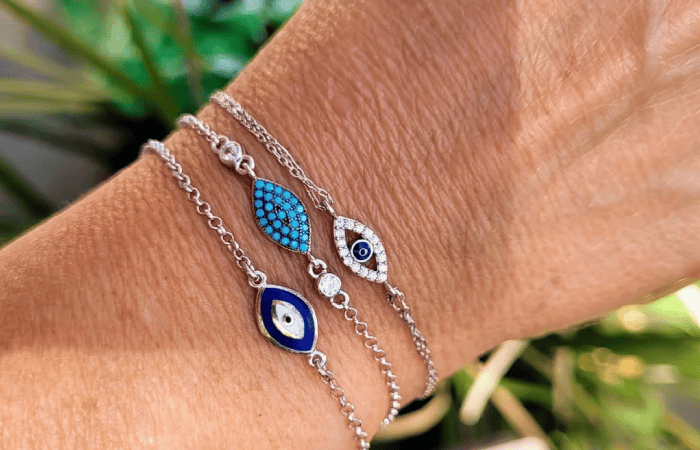
Using Talismans in Everyday Ceremonies
- Including evil eye talismans in regular routines can be a very effective way to draw good energy and improve general wellbeing.
- An evil eye talisman, for instance, might be used by people as a tool for setting intentions during visualization or meditation exercises.
- People can improve their manifestation skills and draw more luck into their lives by concentrating on the talisman and envisioning favorable results.
Giving an Evil Eye Charm
- Giving someone an evil eye talisman as a gift is a heartfelt way to protect them and bless them.
- It is a way to send positive energy their way.
- Giving someone an evil eye amulet or jewelry demonstrates your concern for their welfare.
- It also takes advantage of the protective properties of the amulet.
- Giving an evil eye charm as a gift is a kind approach to uplift others and shield the people you love from bad luck.
Talismans for Cleaning and Recharging
For an evil eye talisman to be effective, it must be regularly cleansed and replenished. Different cultures use different techniques to purify talismans, such immersing it in a pail of water for the whole night or dousing it in olive oil droplets. These ceremonies restore the talisman's protective qualities and eliminate any potential negative energy that may have been stolen.
Wearing an evil eye talisman as a personal or spiritual practice can have a big impact on one's overall wellbeing. Through these methods, one can use the beneficial energy and protective qualities of the evil eye talisman to attract money, ward off negativity, and promote inner peace.
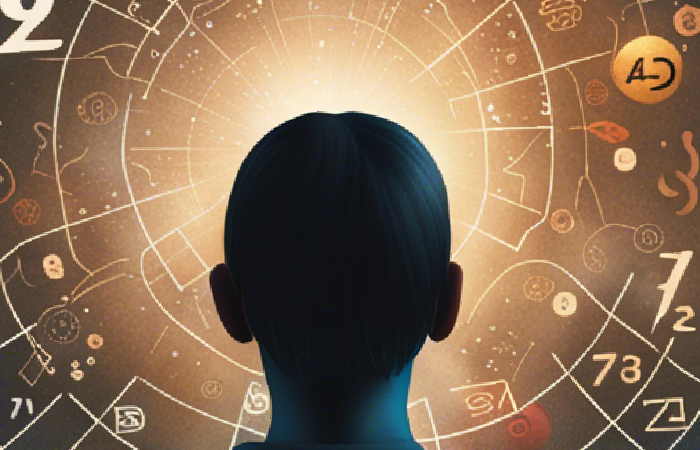
Narratives and Case Studies
There is no mythological or religious basis for the effectiveness of evil eye talismans. Numerous anecdotes and first-hand stories offer compelling evidence of their positive benefits. Many people's lives have been impacted by the evil eye talisman. They help them to attract good fortune. It also helps in seeking protection from negative energies.
- Maria is a young lady who has chronic anxiety and unexplained headaches. Her story is one such example.
- In her despair, she went to her grandmother for guidance, and she advised her to accept the protection energy of the evil eye talisman.
- Maria was surprised to discover how much better she felt all around when she started wearing the amulet as a necklace.
- She no longer had headaches and felt calmer and more upbeat than previously.
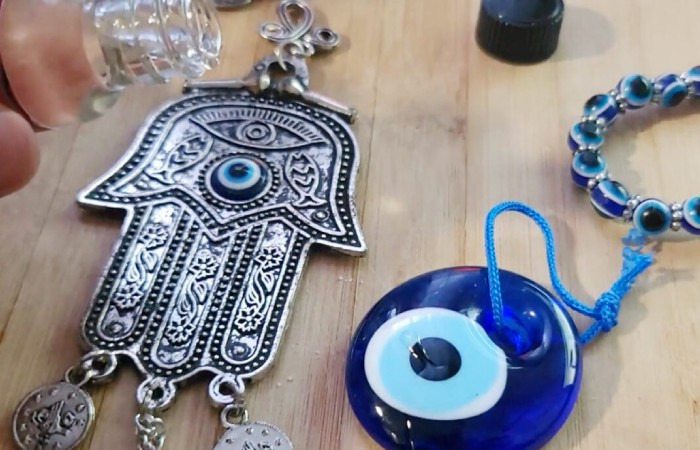
- There is another case study about Robert.
- Robert has experienced spells of bad luck and tragedy for a long time.
- After learning about the potential benefits of the evil eye talisman, he decided to give it a try.
- He placed an evil eye amulet in his office to ward off bad energy and embrace good energy.
- With time, Robert saw a significant shift in his profession.
- Opportunities began to come his way, and he was successful in endeavors that he had previously failed at.
These first-hand accounts illustrate the transforming power of the evil eye talisman. Whether it is worn to ward off negative energy, attract good fortune, or improve mental and emotional well-being, talismans have shown to be effective protective tools.
Remember that each person's encounter with an evil eye talisman is different. It is imperative to approach it with an open mind and consideration for the diverse cultural viewpoints surrounding it. For you specifically, the talisman can serve as a guiding light that will help you overcome both challenges and opportunities.
Common Beliefs and Misconceptions
For a very long time, the evil eye has been a mystery, full of myths and popular belief systems. In order to clear up any confusion, let's examine a few of these myths and offer explanations.
-
Evil Eye Intentionally Causes Damage
The evil eye is not thrown with the goal of harming others, unlike what the general public believes. Instead, it's thought to be an unconscious, involuntary behavior where bad vibes or malice are accidentally sent towards someone. This idea emphasizes how crucial it is to shield oneself from inadvertently harmful forces.
-
There Is Only One Cultural Context for Evil Eye
Although the evil eye is common in some cultures, it is not exclusive to any one of them. Many places, including the Mediterranean, the Middle East, Latin America, and even some parts of Europe and Asia, have their own interpretations of its beliefs and symbolism. Comprehending its extensive existence aids in acknowledging the mutual importance and influence it possesses in many communities.
-
Protection Is Guaranteed When Wearing an Evil Eye Amulet
Although it is thought that an evil eye amulet or talisman provides protection, this belief should not be taken as absolute. It reminds us to refocus our negative energy and works as a symbol of awareness. In the end, a person's belief, intention, and active involvement in attracting positive energy into their life determine how powerful the talisman will be.
-
The Superstitious Nature of the Evil Eye
Although some people might write off the idea of the evil eye as simple superstition, it has deeper meaning than that. It is an embodiment of generation-to-generation cultural ideas that emphasize the relationship between our goals, thoughts, and the energy we release. When the evil eye is seen as nothing more than superstition, its profound cultural and psychological importance is missed.
Recognizing these myths makes it easier to dispel any preconceptions and gives light on the beliefs surrounding the evil eye. We can understand the true meaning of the evil eye as a symbol of protection and our common human experiences by dispelling these myths.
Moral Aspects to Take into Account
It's important to utilize the evil eye talisman with respect and consideration for cultural differences. It is crucial to recognize and value this potent symbol's ancestors since it has great cultural importance.
The following are some moral things to remember:
1. Cultural Appropriation: Recognize the cultural importance and context of the evil eye symbol to avoid appropriating it. Remember where it came from and don't use it in a tactless or improper way.
2. Authenticity: Verify that the craftspeople who create the evil eye talisman adhere to the cultural customs that are connected with it. Encouraging genuine artisans contributes to maintaining the symbol's authenticity and cultural legacy.
3. Cultural Awareness: Learn about the many cultural practices and beliefs related to the evil eye. With this understanding, you will be able to respectably and meaningfully interact with the sign.
4. Mindful Representation: If you decide to use the evil eye in your interior design or personal style, consider how it is portrayed in your culture and try not to use it as just a fashion accessory. Recognize its underlying meaning and employ it as a positive and protective tool.
You can respect the origins of the evil eye talisman and help to create a more accepting and understanding world by using it with cultural sensitivity and respect.
Islamic Perspective About Evil Eye
The Prophet Muhammad is said to have proven through hadith that the evil eye which is caused by envy or jealousy is genuine and capable of bringing about harm or bad luck.
- At least half of the Muslims in 20 out of the 39 countries polled said they thought the evil eye existed.
- The majority of Muslims in Albania and Pakistan (41% and 39%, respectively) wear amulets or talismans.
- Certain Middle Eastern and North African nations also have a comparatively widespread custom of using charms to stave off bad luck.
- Compared to wearing talismans, far more Muslims preserve artifacts as protection against the evil eye.
- Quranic verses are more frequently displayed in Muslim homes than talismans or other items meant to fend off bad luck.
- Seven out of ten or more people in Southeast Asia, South Asia, the Middle East, and North Africa say they have verses on display in their homes.

The belief in the evil eye, or al-ayn as it is known in Arabic, is present in Islamic thought. Below is a summary of its main features:
-
Belief in the Evil Eye: A large number of Muslims think that envy or jealousy is the actual source of the evil eye. Even inadvertently, someone else may suffer harm or bad luck as a result of another person's jealous glare.
-
Quranic References: Although the Quran makes no explicit mention of the evil eye, some scholars understand verses on envy and its consequences to be veiled allusions to the evil eye.
-
Hadith References: The evil eye and its potential harm are mentioned in a number of hadiths, which are the sayings of Prophet Muhammad. These hadiths advocate running to Allah (God) for safety.
-
Not Magical: The evil eye is said to be the result of envy rather than a magical spell. All things ultimately come under the authority of Allah, even misfortune.
-
Safeguarding Techniques: The Qur'an suggests making duas to ward against bad luck. These can be said for oneself, one's offspring, or one's possessions.
-
Emphasis on Dependency on God: The fundamental tenet of Islam is that Allah guards against danger. The emphasis is on putting faith in God and running to His strength while accepting the existence of the evil eye.
Here are a few more things to think about:
Muslims differ in their degree of belief in the evil eye. While some might approach it with greater caution, others might not worry as much.
Local customs and traditions may be entwined with evil-omen-related practices. These customs may not be wholly Islamic, but they can coexist with the faith.
Sources for Additional Research:
Discover More About the Evil Eye in Islam: An overview of the evil eye in Islam may be found at (https://www.learnreligions.com/).
Muslim Supernatural Beliefs and Related Practices: The prevalence of the evil eye among Muslims is discussed in (https://www.pewresearch.org/short-reads/2017/08/09/muslims-and-islam-key-findings-in-the-u.S. and-around-the-world/).
Sufi Teachings about Evil Eye
-
Sufi teachings believe that the knowledge of maintaining the relationship with the guide, carrying out the rituals, lighting the incense, and diffusing a pleasant aroma are all necessary to attract blessings, positive vibes, and barakah (blessing).
-
Additionally, some bakhoors are unique to the blessings that the Prophet ﷺ stated, and they have their roots in the Naqshbandi tradition, which is deeply rooted.
-
Additionally, esphand is a flower from heaven. The wild rue seed, as it is known, is said to absorb a great deal of bad energy when burned.
-
All of Allah's (AJ) believing servants and believing creatures are drawn to and brought by fragrances that have a pleasant energy. You're creating a positive energy field around yourself with such scents.
-
Additionally, all forms of negative energy will be repelled by that field of good energy.
-
The Qur'an being recited, the bakhoor, the attars (perfumes), the salawats (praise of Prophet Muhammad ﷺ), and other elements all play a significant role in highlighting this vital energy.
-
It's crucial to remember this as well: if someone inquires about the evil eye, they should display this Turkish blue design, which resembles an eye in the color blue.
-
The first lesson in energy education, if Allah (AJ) is to teach you, is that you are an energy being. Humans, or insan, are energy entities.
-
Their eyes resemble sharp objects. Similar to a sophisticated laser weapon. They aim their weapon at you and strike you as soon as they see you. When someone looks at you with a terrible heart, they hit you with negative energy.
-
When people look at you and feel jealous of what you have in life, they attack you with energy. Thus, Insan is always aiming a weapon with both of his and her eyes. That's the reason the sunnah (the path of the Prophet ﷺ) is so great—if you grasp the energy.
-
Since Allah (AJ) alone possesses power, the meaning of that blue, the blue of turquoise, and the blue of the evil eye emblem is not that it possesses power; rather, Allah (AJ) is telling us that we are unaware of our own energy's greatness.

-
The moment their gaze touches the blue, it draws their nazar, or attention, to it, as blue is an aesthetically pleasing color. The moment they laid eyes on that blue stone, or the ring, or the necklace, it was to remove the nasty nazar out of people.
-
Additionally, wearing turquoise and having that insignia any place will frequently cause it to break and crack. When someone is uncontrollably shooting out of their eyes.
-
Those who have received training also possess control. That is the reason the spiritual path known as tariqah appears and instructs them to always keep your eye on the feet.
-
If you have a light in your heart, don't aim your weapon at people, don't allow your nazar to get contaminated, and avoid looking around with your head when you walk because devils will shoot light into your eyes to take it away.
-
Therefore, nazar bar Qadam advised keeping an eye on your feet, maintaining your vision, and securing your energy so that you would only utilize it when absolutely necessary.
-
When you spend your entire day staring at them, insha'Allah, all of their negativity gets projected onto you, seeps into your heart, and strikes the insanity out of their eyes. That being said, the teaching has more power than the stone.
Islam does not consider the evil eye to be a central principle, but rather a belief system. In Islam, faith in God's protection and seeking refuge in Him are still highly valued.
## Conclusion
To sum up, the evil eye is a protective emblem with deep cultural meaning across many countries. Because of its power to fend off bad energy and offer good fortune, it has been both loved and feared throughout history.
We have investigated the historical background and provenance of the evil eye, tracking its roots to prehistoric times. Although its symbolic value varies depending on the culture, it always stands for protection from evil intent and the ability to ward off bad luck.
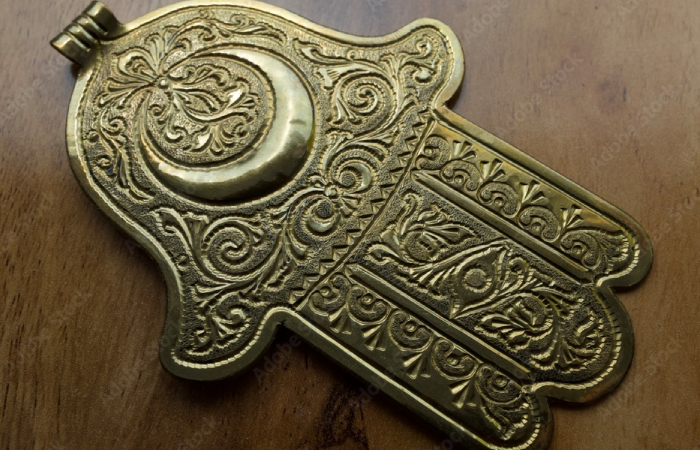
An evil eye talisman is a common way to incorporate this emblem into day-to-day activities. The talisman is a potent visual aid for drawing in good energy and repelling bad energy. It might be shaped like an eye, an open hand, or the Eye of Horus.
The good effects of wearing an evil eye talisman have been shown by case studies and real-life experiences, which provide firsthand testimonies of protection and well-being. But given the talisman's importance, it is imperative that you employ it with deference and cultural sensitivity, refraining from any dishonest use.
To sum up, the evil eye serves as a protective shield against negative energy and a guiding light through life's obstacles. Intentionally incorporating it into our lives might help us attract good energy and feel psychologically protected. May the evil eye talisman's power to protect us and surround us with good vibes continue to play a significant role in our lives.


